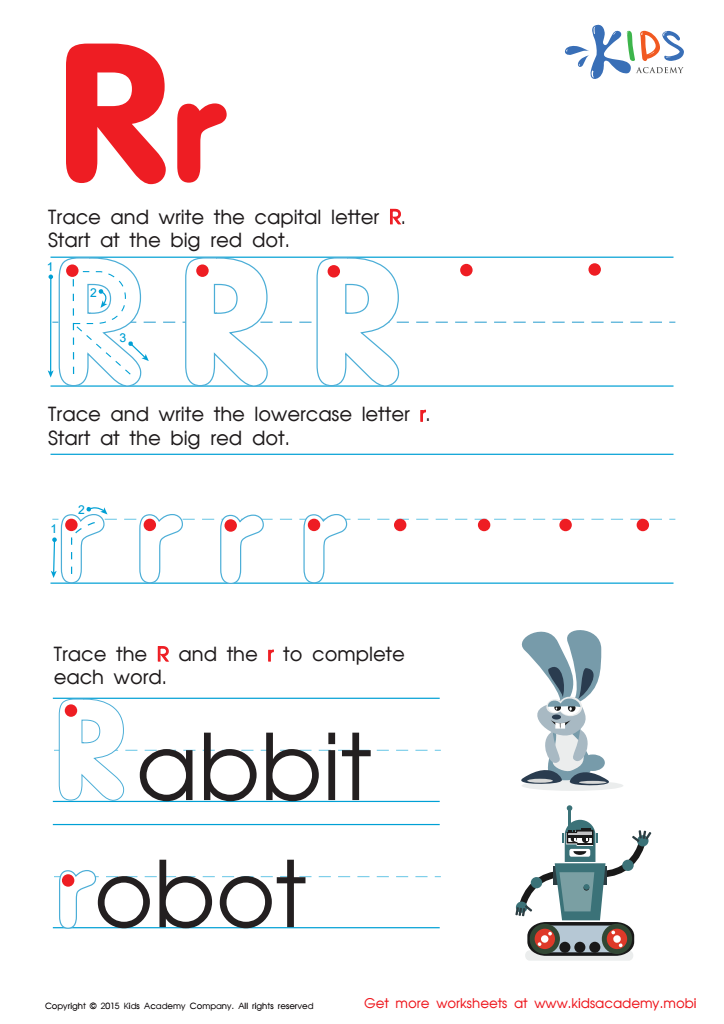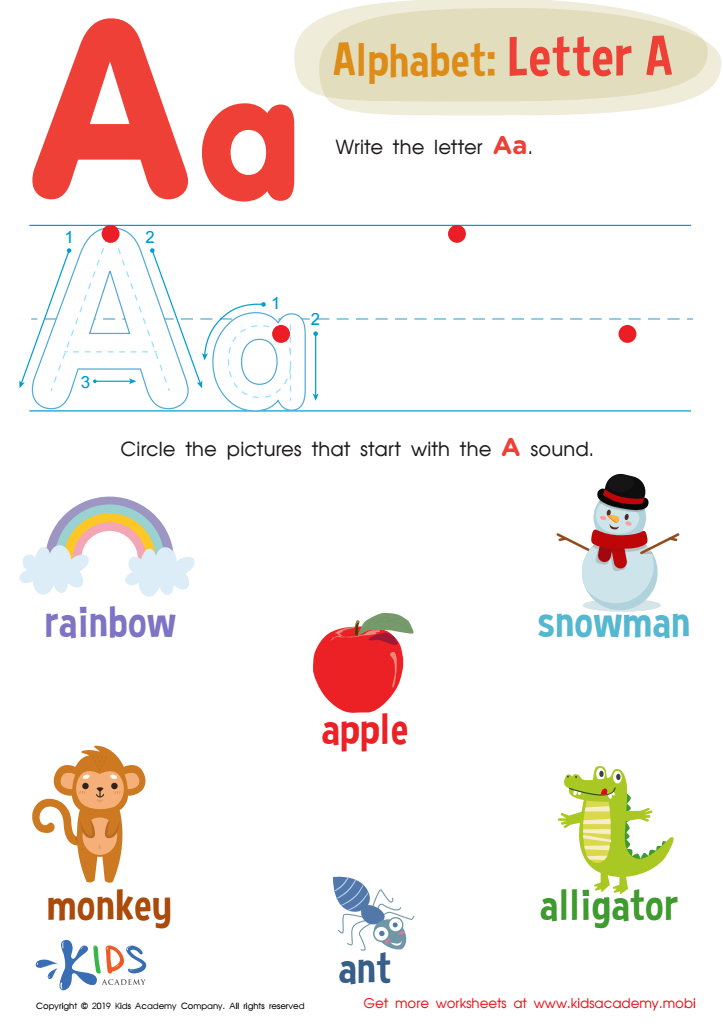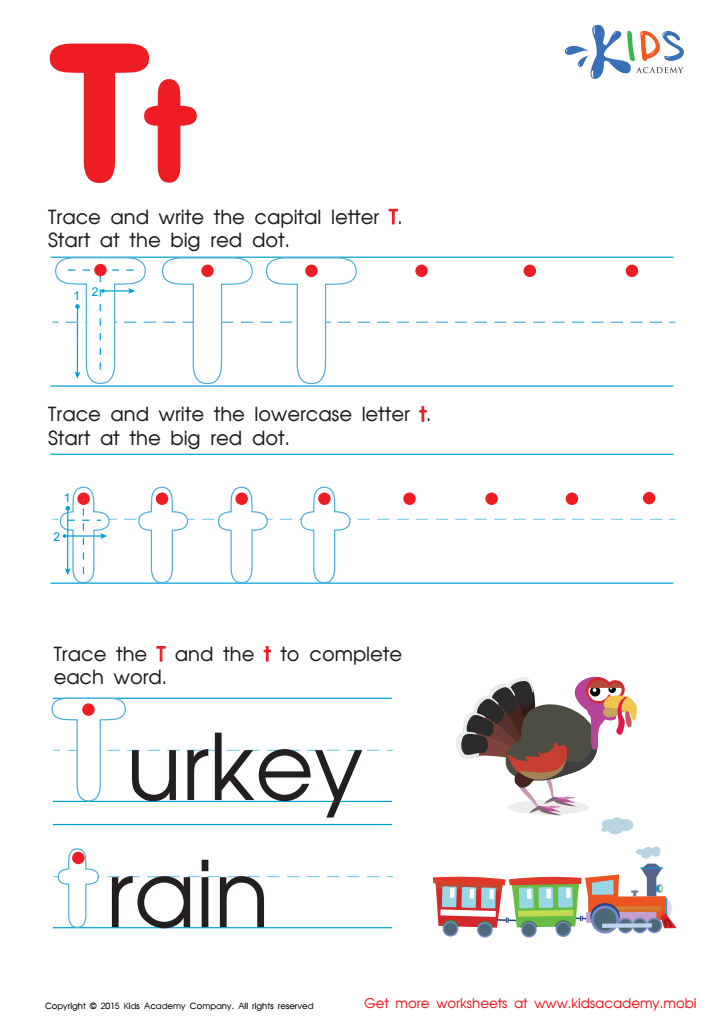Alphabet tracing Tracing Letters Worksheets for Ages 8-9
7 filtered results
-
From - To
Discover our Alphabet Tracing Letters Worksheets, perfect for children aged 8-9! These engaging worksheets are designed to enhance handwriting skills while making learning the alphabet fun and interactive. Each sheet provides ample practice for students to trace both uppercase and lowercase letters, promoting fine motor skills and letter recognition. Ideal for classroom use or at-home practice, these resources are aligned with educational standards to ensure your child masters writing with confidence. Visit Kids Academy for a diverse collection of printable worksheets that support your child's learning journey in a structured and enjoyable way. Start tracing to success today!


Letter R Tracing Page


Letter P Tracing Page


Letter Q Tracing Page


Letter H Tracing Page


Letter A Tracing Worksheet


Letter T Tracing Page


Letter D Tracing Page
Parents and teachers should care about alphabet tracing for children aged 8-9 because it reinforces foundational literacy and fine motor skills that are crucial for academic success. While most children learn basic letter formation at a younger age, continuous practice, such as tracing letters, offers significant benefits even at ages 8-9. During these years, children's handwriting abilities can still improve significantly, leading to greater legibility and speed, which are essential for taking notes and completing assignments effectively.
Tracing letters also helps children enhance their visual-motor coordination and muscle memory. It supports the cognitive connection between recognizing the shape of letters and their written form, thereby promoting more accurate and fluent writing. As children encounter more complex writing tasks in school, having strong handwriting skills reduces cognitive load, allowing them to focus more on content rather than the mechanics of writing.
Furthermore, for children who may be struggling with handwriting, tracing letters offers targeted, repetitive practice that can help correct and refine their skills. It also fosters a sense of accomplishment and confidence. By paying attention to alphabet tracing during these formative years, parents and teachers set children up for greater academic achievements and smoother learning experiences, ensuring they are well-prepared for future educational challenges.
 Assign to My Students
Assign to My Students

















